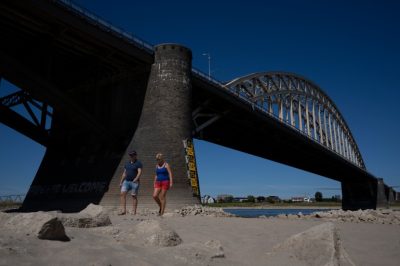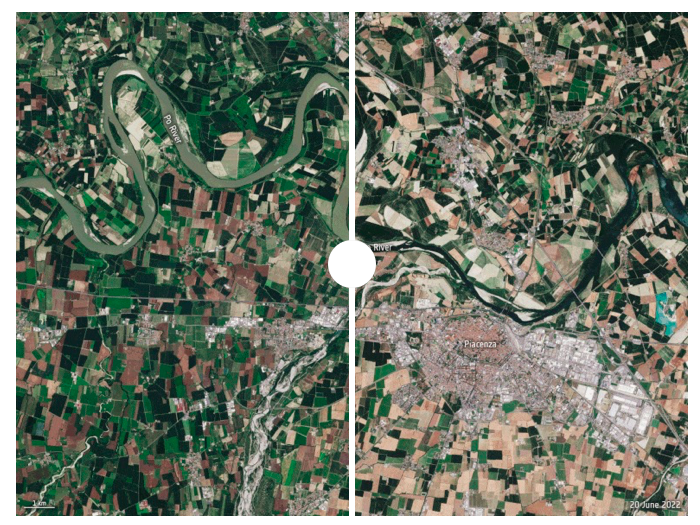Europe Facing Its Worst Drought for 500 Years: Study
47 percent of Europe is under warning conditions with clear deficit of soil moisture, European Drought Observatory says.

All Global Research articles can be read in 51 languages by activating the “Translate Website” drop down menu on the top banner of our home page (Desktop version).
To receive Global Research’s Daily Newsletter (selected articles), click here.
Follow us on Instagram and Twitter and subscribe to our Telegram Channel. Feel free to repost and share widely Global Research articles.
***
Europe is facing its worst drought in at least 500 years, with two-thirds of the continent in a state of alert or warning, reducing inland shipping, electricity production and the yields of certain crops, a European Union agency has said.
The August report of the European Drought Observatory (EDO), overseen by the European Commission, said that 47 percent of Europe is undergoing warning conditions, as moisture in the soil dries out and 17 percent of the region is on a state of alert as vegetation is affected.
“The severe drought affecting many regions of Europe since the beginning of the year has been further expanding and worsening as of early August,” the report said, adding that the western Europe-Mediterranean region was likely to experience warmer and drier than normal conditions until November.
Much of Europe has faced weeks of baking temperatures this summer, which worsened the drought, caused wildfires, set off health warnings, and prompted calls for more action to tackle climate change.
This Copernicus Sentinel-2 satellite image shows how part of the Po River in Italy has significantly shrunk between June 2020 and June 2022. Image processed by ESA.
The current drought appeared to be the worst in at least 500 years, assuming final data at the end of the season confirmed the preliminary assessment, the Commission said in a statement on Tuesday.
Summer crops have suffered, with 2022 yields for grain maize set to be 16 percent below the average of the previous five years and soybean and sunflowers yields set to fall by 15 percent and 12 percent respectively.
Hydropower generation has been hit and other power producers affected due to water shortages that feed cooling systems.
Low water levels have hampered inland shipping, such as along the Rhine river, with reduced shipping loads affecting coal and oil transport.
The EDO said mid-August rainfall may have alleviated conditions but in some cases, it had come with thunderstorms that caused further damage.
The observatory’s drought indicator is derived from measurements of precipitation, soil moisture and the fraction of solar radiation absorbed by plants for photosynthesis.
Click here to read the full article.
*
Note to readers: Please click the share buttons above or below. Follow us on Instagram and Twitter and subscribe to our Telegram Channel. Feel free to repost and share widely Global Research articles.
Featured image: People take a stroll on the river bed of the Waal as water levels dropped because of drought in Nijmegen, Netherlands [Peter Dejong/AP Photo]


